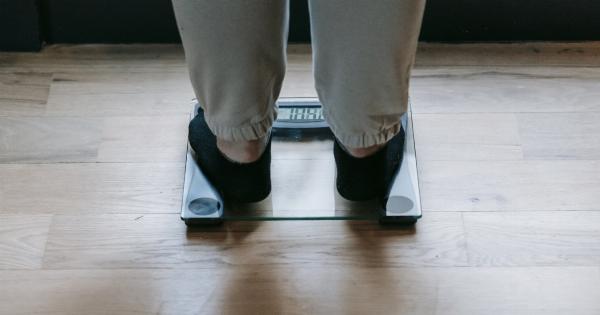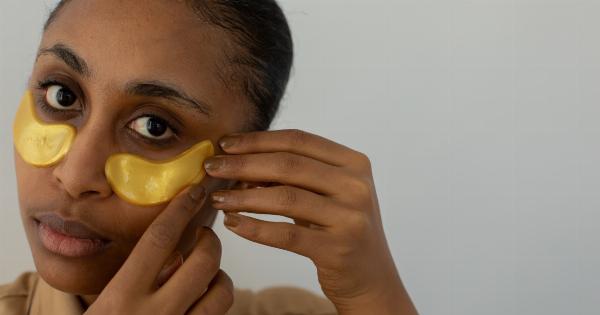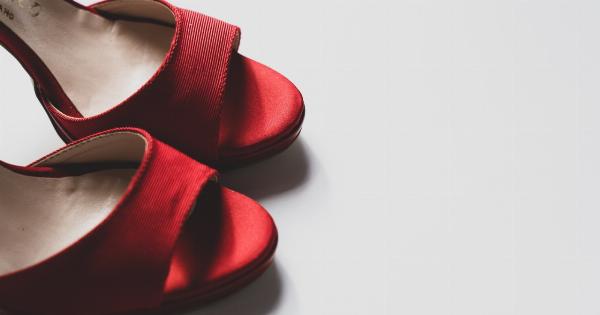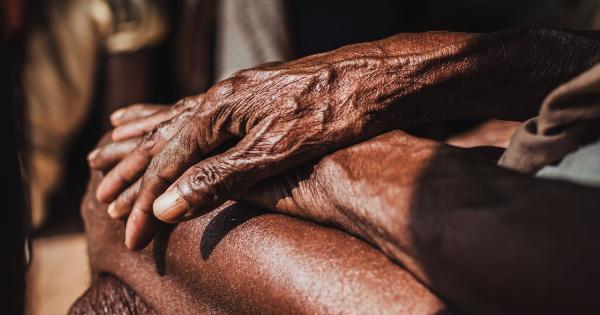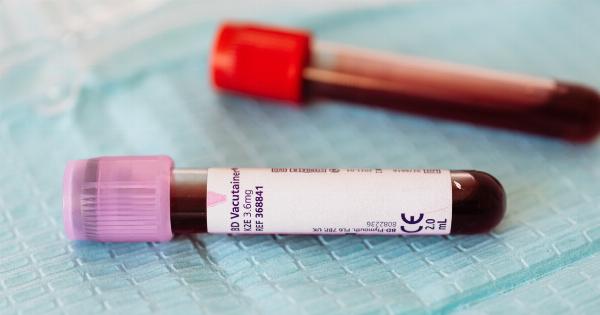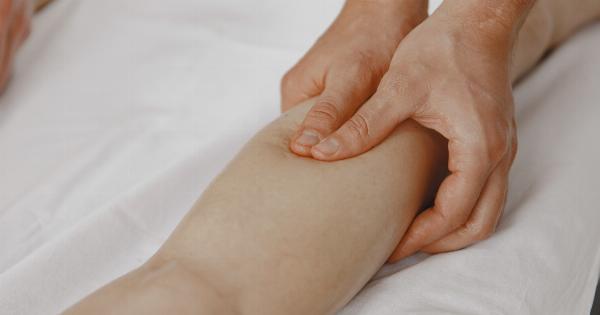Chronic Venous Disease (CVD) is a condition that affects the veins in the legs and feet, causing discomfort, swelling, and other symptoms. It is a common problem, affecting up to 40% of adults, and can be caused by a wide range of factors.
What is Chronic Venous Disease?
CVD is a condition that occurs when the veins that carry blood from the legs and feet to the heart become damaged or fail to work properly. This can lead to a range of symptoms, including pain, swelling, and skin changes.
There are several different forms of CVD, including:.
- Varicose veins: enlarged, twisted veins near the surface of the skin
- Deep vein thrombosis (DVT): blood clots that form in deep veins
- Chronic venous insufficiency (CVI): damage to the valves in the veins, which can cause blood to flow backwards and pool in the legs
Causes of Chronic Venous Disease
There are many factors that can contribute to the development of CVD. Some of the most common causes include:.
- Aging
- Obesity
- Pregnancy
- Sedentary lifestyle
- Smoking
- Family history of CVD
Symptoms of Chronic Venous Disease
The symptoms of CVD can vary depending on the specific form of the condition. Some of the most common symptoms include:.
- Swelling in the legs or feet
- Pain or discomfort in the legs
- Varicose veins
- Itching or burning skin
- Skin discoloration or changes
Diagnosing Chronic Venous Disease
Diagnosing CVD typically involves a physical exam and a review of the patient’s medical history. Additional tests, such as an ultrasound or a venogram, may be ordered to confirm the diagnosis and identify the specific form of the condition.
Treatment Options for Chronic Venous Disease
The treatment of CVD depends on the specific form of the condition and the severity of the symptoms. Some treatment options may include:.
- Compression stockings or wraps to help improve circulation
- Sclerotherapy, which involves injecting a solution directly into the affected vein to cause it to close and eventually fade
- Endovenous laser treatment (EVLT), which uses laser energy to destroy the affected vein and reroute blood flow through healthy veins
- Venous stenting, which involves placing a small metal mesh tube inside the affected vein to keep it open and facilitate blood flow
Preventing Chronic Venous Disease
While not all cases of CVD can be prevented, there are several steps that individuals can take to reduce their risk of developing the condition. Some of these steps may include:.
- Maintaining a healthy weight
- Exercising regularly
- Avoiding long periods of sitting or standing
- Wearing compression stockings or wraps when necessary
- Not smoking
Conclusion
Chronic Venous Disease is a common condition that affects many individuals, particularly those who are older or who have underlying health problems.
By understanding the causes, symptoms, and treatment options for CVD, healthcare professionals can help patients manage this condition and reduce the risk of complications.






